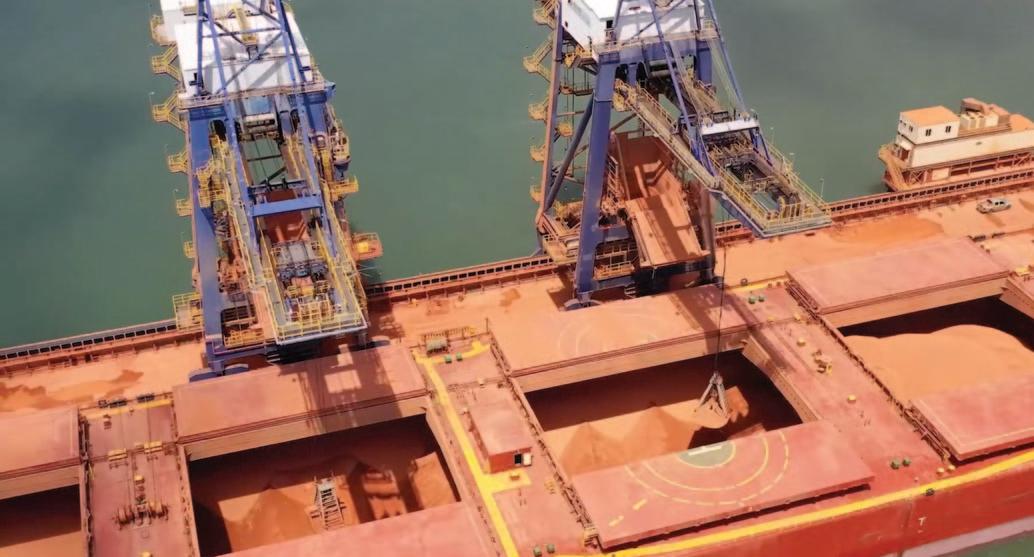
5 minute read
Bauxite-owning nations insist on local value addition
Guinea dominates exports, with China remaining an enthusiastic customer
The mineral bauxite appears below the earth as reddish brown rock from which is extracted alumina by way of cooking the mineral with caustic soda in refineries. The intermediate chemical is then smelted into aluminium, finding application in a wide array of products from aircraft to car body and components to packaging materials, including foils.
The good thing about the mineral is that the discovered global reserves amounting to 31bn tonnes is widely distributed across the universe but with concentration in countries such as Guinea (7,400mt [million tonnes]), Vietnam (5,800mt), Australia (5,100mt), Brazil (2,700mt), Jamaica (2,000mt), Indonesia (1,000mt), China (710mt), India (660mt) and Russia (500mt).
Value of bauxite is linked to its aluminium oxide (AI2O3) content. According to Bayer Process, AI2O3 found in bauxite in different regions varies from 30% to 60%. The rest found in the mineral is a mixture of silica, iron oxides and titanium dioxide, which is separated from AI2O3 through chemical processes.
A much globally traded commodity, the global bauxite production recorded a marginal decline to 380mt in 2022 from 384mt in the year before. Germany-based data aggregator Statista says, the three leading bauxite producers in the world last year were Australia with output of 100mt, China with 90mt and Guinea with 86mt in spite of the West African nation being home to the globe’s largest mineral reserve with a dominant share of 26.4% of the world total. Guinea has a long tradition in excavating bauxite along with other minerals. But opening of new large deposits and step up in production started happening in a significant way since the beginning of this century. What helped in a major way is China’s policy to build major sources of bauxite to feed its alumina refineries beyond Australia with which
Kunal
Beijing is having growing political tensions, Indonesia, which served notices long time ago that its preference is local processing of raw materials to secure benefits of value addition, including industry jobs creation and Malaysia where bauxite extraction does not find favour on environmental consideration.
China, which must depend on imports of bauxite to run its mammoth alumina refineries, has remained way ahead of Western nations to seize opportunities in the largely virgin bauxite mining sector of the West African country with a population of 13m people. Taking high political and economic risks, China has managed to secure significant mining concessions in Guinea. No wonder that country alone had a share of 70.35mt in China’s record imports of 125.67mt (source: China General Administration of Customs) in 2022. In fact, Guinean bauxite deliveries to the world’s largest producer of alumina and aluminium were up as much as 28.5% last year. In contrast, despite proximity Australian exports to China showed little change at 34.09mt. China received 18.98mt of bauxite from Indonesia in 2022, up from 17.8mt in 2021. During this period, Indonesian production rose to 26.09mt from 25.8mt.
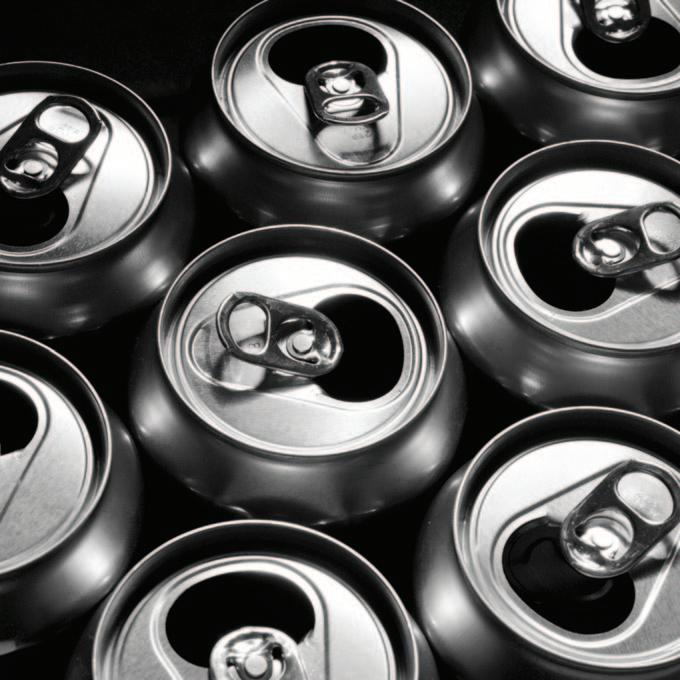
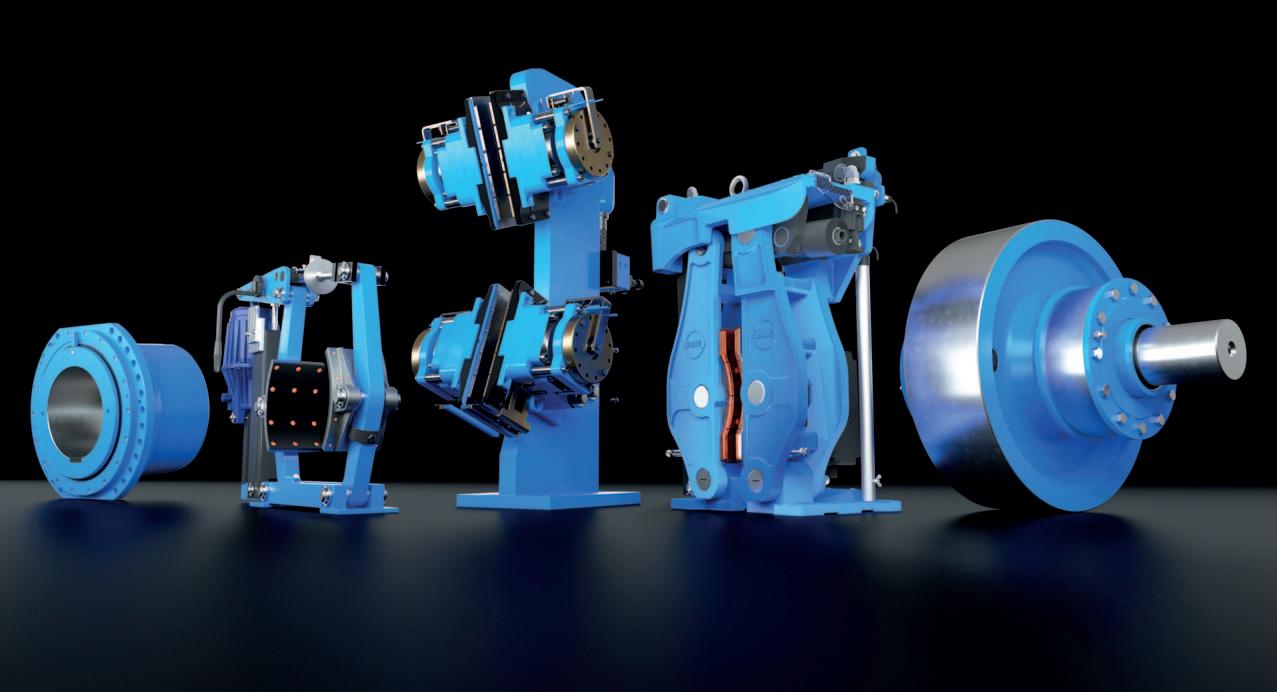
The Chinese drive to raise production of alumina to feed growing requirements of the chemical of its smelters in the face of declining quality of bauxite from domestic sources has seen that country importing over 100mt every year since 2019. Guinea remains a prized catch for China for the size of deposits and the quality of bauxite there, says RK Sharma, director general of Federation of Indian Mineral Industries. Not only does Guinea own the world’s largest bauxite deposits, but the quality of the mineral is eminently suitable for processing in low temperature alumina refineries. Besides commercial considerations, Chinese refineries are using increasingly larger quantities bauxite of Guinean origin for its low silica content and share of alumina in the ore ranging from 40% to 56%. What also favours Guinea is that lateritic deposits occur at low levels (200 to 400 metres above MSL [mean sea level]) in the flat-topped plateaus with practically negligible soil and overburden.
In the country’s Boke bauxite belt, laterites are typically between 10m and 20m thick on the upper part of the plateaus. While China remains the largest foreign investor in developing bauxite mines in Guinea, Russia through its aluminium giant Rusal (the world’s largest aluminium maker outside China) is exporting bauxite from its Dian-Dian operations principally through
Guinea’s Kamsar port to typically feed its Aughinish refinery in Ireland. Incidentally, Dian Dian with proven reserves of 564mt is the single largest deposit in the world. Guinea has over the past few years become a critical source of bauxite supply to China and a few other countries. Nearly half the raw material requirements of Rusal refineries are secured from its mines in
Guinea. Besides China and Russia, West Asia is also involved in developing bauxite mines in Guinea. For example, some years ago Abu Dhabi state-owned investment fund Mubadala Development and Dubai Aluminium (Dubal) made a $5bn agreement with Guinea divided into an investment of $1bn for development of mines and export of bauxite to the United Arab Emirates and $4bn for construction of an alumina refinery and a port.
In another instance, the bauxite mining subsidiary of Emirates Global Aluminium Guinea Alumina Corporation (GAC) is steadily ramping up production to eventually reach annual extraction capacity of 12mt. GAC exports are steadily rising with refineries showing preferences for Guinean bauxite that lends itself to cost effective processing into alumina. Moreover Alcoa of the US, Rio Tinto and Dadco Alumina & Chemicals have partnered with Guinean government to develop and operate Sangaredi bauxite mine in Boke region.
The independent mining group Alufer Mining has significant bauxite interest in the West African nation where its flagship project is Bel Air mine where production began in 2018 third quarter. Here also, the government is a partner. A distinguishing feature of Guinean bauxite trade is that an overwhelmingly large portion of production is for captive use by refineries in countries that have invested in mine development in Guinea. One shining example is Weiqiao of China’s two bauxite projects with combined capacity of 17mt designed to feed the company’s raw material requirements for its low temperature refineries at Shandong. Naturally, third-party bauxite transactions for Guinea remain limited.
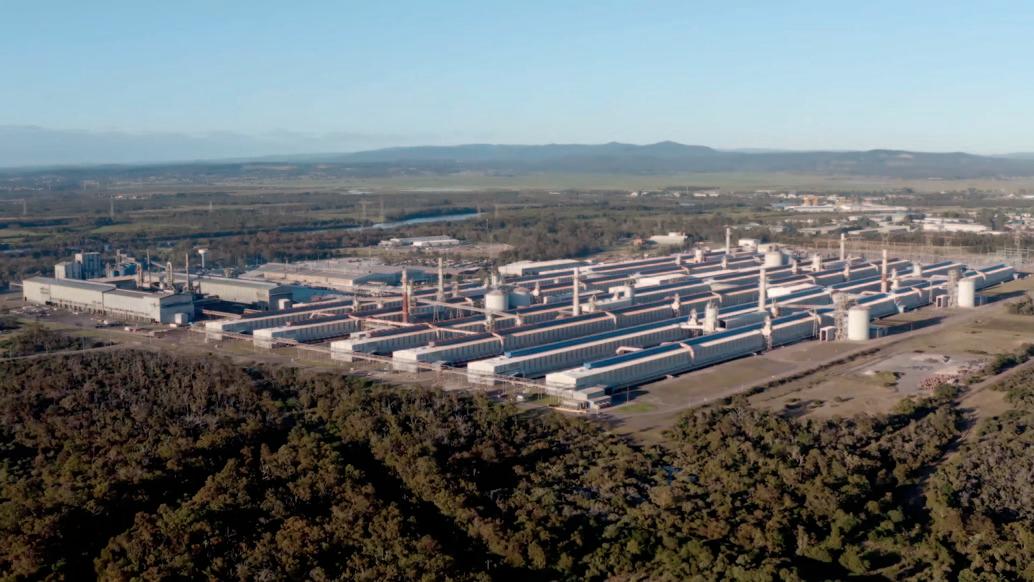
Sharma says in spite of Australia and other Asian bauxite producer-exporters having the benefit of low shipping distances to China, Guinea riding on quality edge of its mineral and deploying Capesize bulk carriers is able to neutralize proximity advantage enjoyed by its rivals. Moreover, whenever freight rates are down, Guinean bauxite demand will soar. According to Global Data, Guinea that had seen its bauxite production grow at a compound annual growth rate (CAGR) of 14% in five years to 2021 will further record a CAGR growth of 3% till 2026. It also says the country’s bauxite exports are likely to grow at a CAGR of 3% between 2022 and 2026. In the meantime, it is expected that the world demand for bauxite is expected to grow at a CAGR of at least 1% in the next three years to 2026, to be driven principally by rising demand from Chinese alumina refineries where capacity continues to grow. Supply will not be a challenge as 25 bauxite projects in the world are in various stages of development. Guinea has a few major and medium-sized projects in the pipeline.
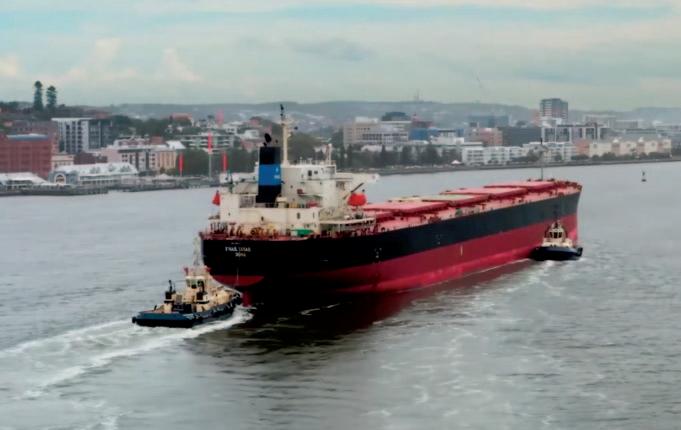
The reddish brown rock from which environment-friendly metal aluminium is derived is a highly globally traded commodity with annual exports around 150mt. The intermediate product alumina is also a highly traded commodity with global exports of the chemical advancing from 30mt in 2005 to over 40mt last year. It is estimated that the world alumina market size will grow from $30bn in 2021 to $46.53bn by 2030 at a CAGR of 5%.










